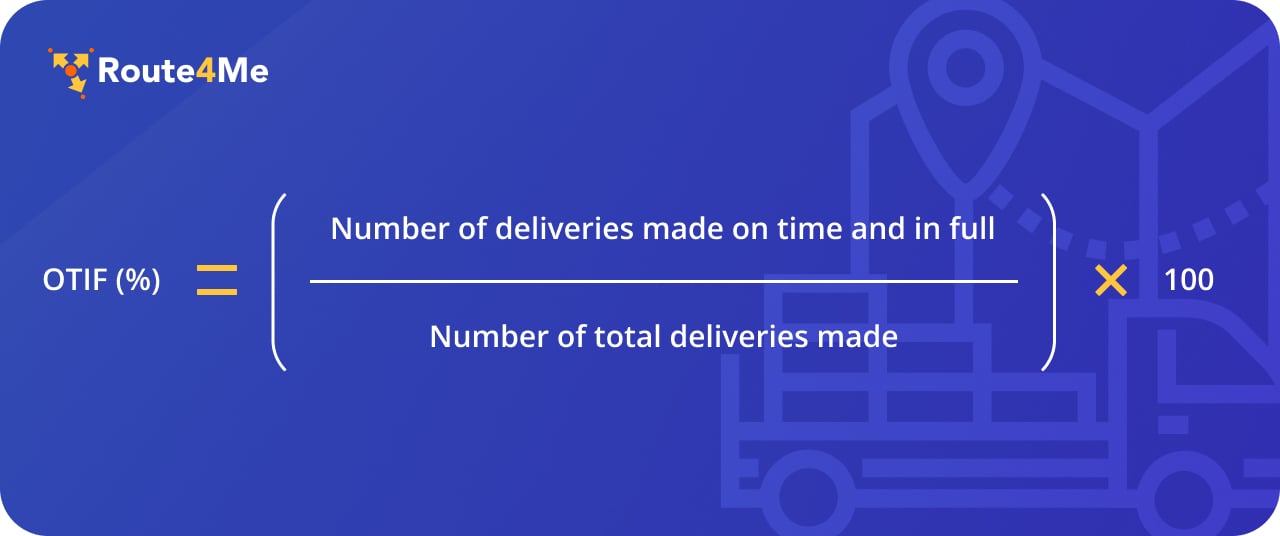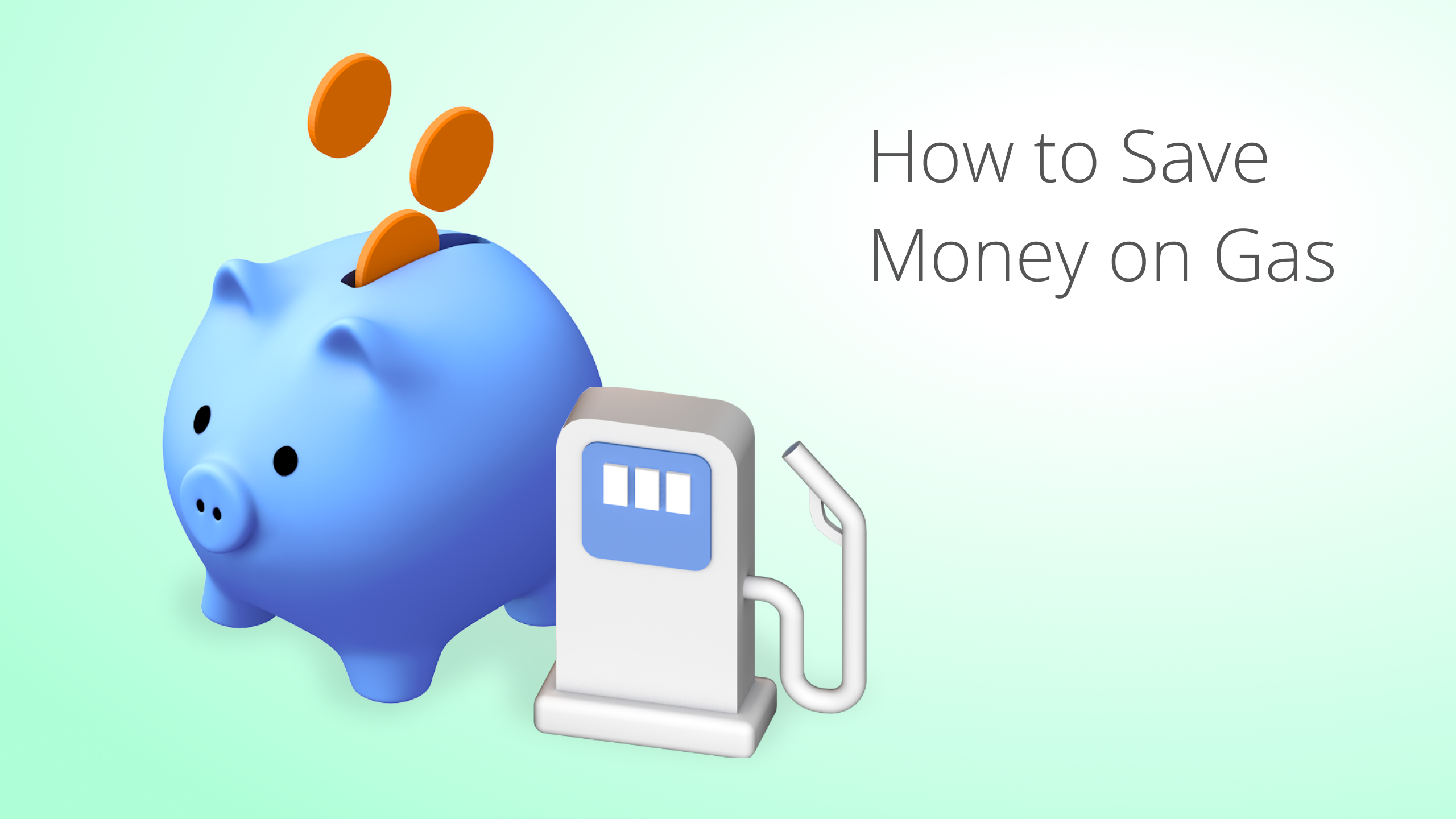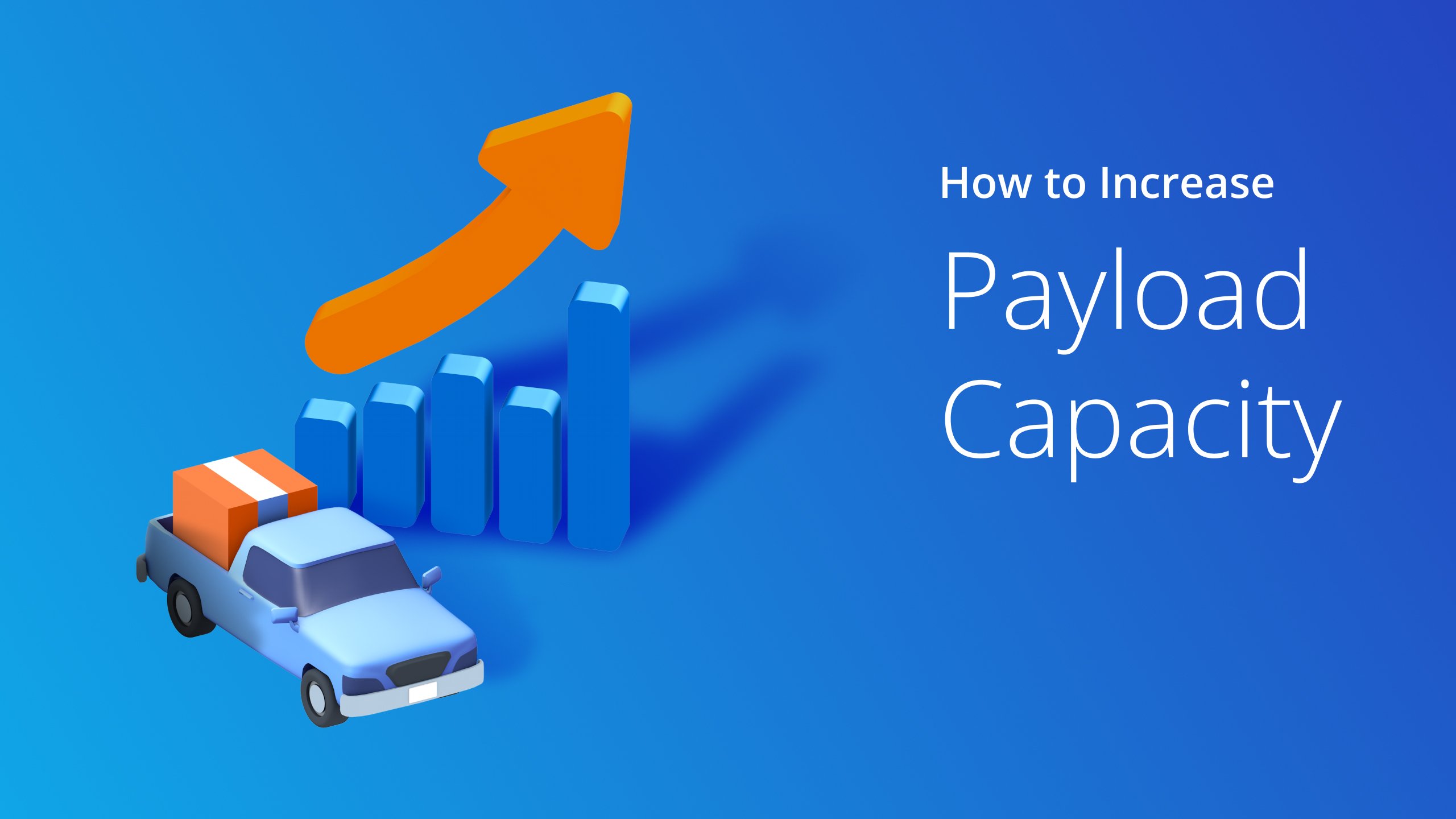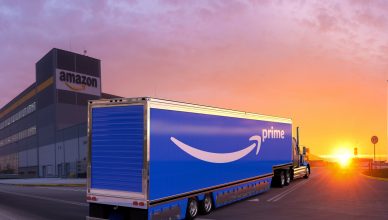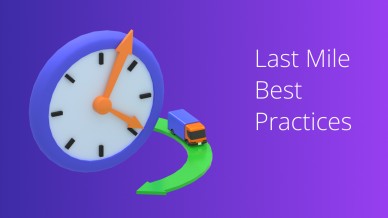Metrics act as fuel to drive business growth. They give crystal-clear visibility into what’s working, what’s not, and where you can make those game-changing improvements. It’s all about working smarter, not harder.
So, this guide is for you whether you’re an experienced delivery manager looking to optimize your operations or a budding business owner eager to make a splash.
We’ll explore critical metrics that matter most in the last-mile game, share actionable tips for measuring and tracking them, and show you how to transform those numbers into tangible growth opportunities.
Table of Contents
9 Key Metrics to Track to Grow Your Last-Mile Business
#1 Route Planning Time
Route planning time is a critical metric to turbocharge your last-mile business growth. That’s because when you spend less time planning, you can focus on other crucial aspects of your last-mile delivery operations.
It could be streamlining your delivery processes, improving customer service, or tapping new markets.
Moreover, planning routes faster can make your last-mile operations more agile and responsive.
For example, you can respond and adjust routes immediately if a customer asks for last-minute changes or a sudden road closure disrupt deliveries.
Such flexibility helps you ensure timely deliveries despite real-time challenges, strengthen customer relationships, and improve loyalty.
Want To See For Yourself How Route4Me Can Help Grow Your Business?

#2 On-Time-In-Full (OTIF)
On-Time-in-Full (OTIF) is a delivery metric to measure the efficiency of your delivery operations to make timely deliveries.
It’s basically about analyzing the number of inventory stocks sent out and how many were delivered to the customers within the expected timeframe.
The formula for calculating OTIF is as follows:
The OTIF delivery score is typically represented as a percentage to measure performance precisely.
For example, an OTIF score of 82% indicates that out of 100 inventory stocks dispatched, 82 were delivered to customers on time. The higher the score, the better the delivery efficiency is.
With an efficient delivery process, you can reduce delivery delays, minimize last-mile delivery costs, increase customer loyalty, and improve profitability. So it becomes easy for you to grow your business.
Learn how to improve your On-Time-in-Full (OTIF) delivery score.
#3 ETA Accuracy
ETA accuracy is another critical metric that fuels last-mile fuel business growth. An accurate estimated time of arrival (ETA) makes you reliable and trustworthy to your customers.
Plus, when your estimated arrival times are precise, you can utilize vehicles and resources effectively.
You can identify any potential bottlenecks and proactively address any issues that come along your way, and ensure seamless last-mile deliveries. Reliable ETAs also minimize customer support inquiries and related costs.
In an industry where on-time delivery is a critical factor for customers, providing accurate ETAs can set you apart from your competitors. And customers would always prefer taking services from a provider who consistently delivers accurate ETAs. All these pave the way for the sustainable growth of your last-mile delivery business.
#4 Fuel Costs
Fuel expenses directly impact your bottom line and business growth. It often constitutes a substantial portion of your operational costs, affecting your financial performance.
Therefore, by closely monitoring and managing your gas costs, you can better control your overall expenses and improve your profit margin.
Better control over fuel costs also means you can offer competitive pricing for your delivery services while maintaining healthy profit margins. Competitive pricing can attract more customers and position your business for growth.
Plus, when you manage fuel costs effectively, you can better compensate your drivers and reduce turnover rates. Retaining experienced drivers is crucial for a smooth and reliable last-mile delivery operation, enabling your business to grow steadily.
However, fuel costs are not about just saving money. It has a direct impact on the environment and sales too.
Customers are now more conscious than ever of eco-friendly practices and prefer purchasing from companies that care about the environment.
Adopting fuel-efficient practices can reduce carbon emissions and contribute to environmental sustainability. This can enhance your brand image and attract environmentally-conscious customers, further driving the growth of your business.
#5 Average Delivery Time
The average delivery time is a crucial metric to measure the time it takes for each delivery from the pick-up location to the drop-off site.
By analyzing this metric, you can assess driver performance and identify areas where time is being spent unnecessarily, the effectiveness of your route planning process to optimize routes, or where bottlenecks occur in the delivery process.
By optimizing the average time per delivery, you can make faster deliveries and make your customers happy. This leads to repeat business, positive reviews and word-of-mouth, and more sales.
Plus, by analyzing the average delivery time, you can assess the availability of your resources, such as vehicles and drivers, to handle increasing demand.
By consistently delivering faster than your competitors, you can position your business as a reliable and efficient delivery services provider and win more customers. Such competitive advantage can fuel your last-mile business growth.
Reducing the average time per delivery can also help you save on fuel costs, minimize vehicle wear and tear, and help your drivers complete more deliveries.
#6 Average Cost of Delivery
The average delivery cost is crucial for scaling your last-mile delivery business.
Monitoring this metric can help you determine the expenses incurred for each delivery, including fuel costs, labor wages, vehicle maintenance, and other associated expenses. You can then make better decisions to save on costs.
Plus, a lower average cost enables you to offer more affordable pricing to your customers. This helps you attract a more extensive customer base and increase revenue.
Analyzing the average delivery cost can also help you identify areas of improvement. For example, specific routes cost more due to traffic congestion or other logistical challenges. You can optimize delivery routes accordingly to avoid such routes and reduce unnecessary expenses.
Furthermore, tracking the average delivery cost helps you evaluate the impact of any changes or investments you make in your delivery process.
Whether implementing new technology or introducing more vehicles in your fleet, you can assess how these changes affect your overall delivery cost. This enables you to make data-driven decisions accordingly.
You need to consider reference parameters such as the number of deliveries and total distance to calculate your average delivery cost.
#7 Number of Complaints
The number of complaints is another critical metric to advance your business. Many customer complaints mean your delivery process is inefficient and needs immediate attention.
By monitoring and analyzing this metric, you can identify recurring problems, such as damaged packages or late deliveries, and take prompt action to rectify them. This enhances customer experience, builds trust, and establishes a positive business reputation in the market.
With no reason to complain, your customers will become repeat customers. And repeat business means saving costs on sales initiatives, improving profitability, and driving business growth.
#8 Number of Deliveries
The number of deliveries is a crucial indicator of your business’s performance. The more deliveries you make, the more money you earn. This helps you invest essential resources to handle more orders, such as expanding your fleet or hiring additional drivers.
You can also take on more clients, serve new markets, and grow your business faster.
In addition, making a large number of deliveries in less time can set you apart from your competitors. It demonstrates your capability and operational efficiency, making you an attractive choice to companies looking for reliable partners.
Tracking the number of deliveries also helps you identify bottlenecks, plan delivery routes accurately, and make your delivery process efficient.
#9 Capacity Utilization
Capacity utilization is another crucial metric that helps ensure your vehicles are loaded to their optimal capacity.
The formula to calculate capacity utilization is simple. You just need to divide the available capacity of a vehicle by its total carrying capacity.
If the available capacity exceeds the carrying capacity, you must work on your route planning process.
However, if the carrying capacity surpasses the available capacity, you must revise the stocking and loading processes.
Use Route4Me Route Planner to Grow Your Last-Mile Business
Now, you are aware of the key metrics you must track. But how to use such metrics to your benefit and grow your business?
Route4Me route planner can help here. Here is how.
Reduces Route Planning Time
With Route4Me’s last-mile optimization solution, you can plan routes within a minute. All you need to do is upload the list of customer addresses in the software, set some parameters, and hit optimize. That’s it! Your routes will be ready in no time.
University of Rochester Medical Center (URMC) reduced its route planning time by a whopping 350% with Route4Me.
Before implementing Route4Me’s final mile software, they spent an average of 3 hours per day to plan routes. Using Route4Me, they can plan all routes in 20 to 30 minutes.
Similarly, Route4Me helped the Down Syndrome Association of the Northern Territory Inc. (DSANT), an Australian not-for-profit organization, reduce route planning time from 2-3 hours per route (4 routes) to 30 mins total. That’s 11.5 hours saved.
Multi-Stop Route Planner App
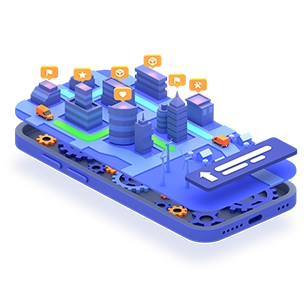
Helps Make More Deliveries
Route4Me’s delivery planning app helps plan well-optimized multi-stop routes with accurate driving directions.
The software considers traffic congestion, weather, roadblocks, delivery time windows, and more constraints to ensure your drivers make deliveries on time, every time.
It also helps your drivers make more deliveries in less time which ultimately helps increase your revenue.
Sunrise Cafe in New Haven increased their deliveries from 20 to 2,000 (i.e., 1000% growth) with Route4Me. They achieved this without hiring additional staff.
Similarly, Route4Me helped ENYP, a charity organization, increase deliveries by 357%!
The University of Rochester Medical Center (UHRMC) also scaled the daily deliveries from 70-250 (i.e., 257% growth) with Route4Me’s multi-stop route optimization software.
Provide Accurate ETAs
Route4Me’s route optimization solution combines various data sources, advanced algorithms, and real-time information to provide accurate ETAs.
It can even adapt to changes in real-time. For example, if unanticipated events happen en route, such as a vehicle breakdown or road accident, Route4Me can recalculate the route and update the ETA accordingly.
Reduces Fuel Expenses
There are several ways Route4Me’s delivery planner app reduces fuel expenses. It considers various constraints for route planning to ensure your drivers never get stranded on the road and waste fuel and reduce carbon emissions.
Also, it helps you optimize schedules and assign a balanced workload. This minimizes empty or partial load trips and maximizes vehicle utilization, resulting in fuel savings.
Most importantly, Route4Me has a commercial GPS tracker that helps you track your vehicle movements on the road in real-time. So, if you find your drivers taking longer routes than planned or driving recklessly, you can immediately communicate with the drivers and save a lot of fuel.
Track Performance and Costs
Route4Me’s routing platform offers a reporting and analytics feature that helps you track your team’s performance and expenses.
For example, you can track total gas cost, total distance covered, total stops made, planned vs actual distance covered, and more. With this data, you can take the necessary steps to improve performance and control costs.
Reduces Customer Complaints
Route4Me’s delivery planning software ensures your drivers always show up on time, so you will not get complaints about late deliveries.
Plus, it offers a customer alerting and notifications feature that helps you notify customers about their delivery status through email and SMS. Route4Me also provides a customer portal to enable end customers to track their package status in real-time.
Both these features ensure customers are updated about delivery progress, reduce failure rates, make customers happy, and encourage repeat business.
There are several other valuable features Route4Me offers that help improve delivery efficiency, such as:
- eSignature system to collect proof of delivery electronically.
- Android and iOS apps help you plan and manage deliveries while on the move.
- Geofencing technology to automate check-ins and check-outs.
- In-app voice-guided navigation to avoid distractions.
- Speed alert to monitor and manage aggressive driving.
Frequently Asked Questions (FAQs) about Using Metrics to Drive Business Growth
What are last-mile operations metrics?
What is Last-Mile Analytics?
Final Thoughts about Using Metrics to Drive Business Growth
The metrics shared in this guide can help you achieve greater efficiency and improve customer experience. Use them to identify bottlenecks in your delivery process, optimize routes, and allocate resources strategically. Also, the insights you gain will help you fine-tune your operations, reduce costs, and deliver packages faster than ever before.
Remember, Rome wasn’t built in a day, nor will your last-mile business empire. It’s a journey that requires constant adaptation and evolution. And with Route4Me’s route optimization software on your side, you can stay ahead of the competition and unlock the full potential of your last-mile business.
Want To See For Yourself How Route4Me Can Help Grow Your Business?


